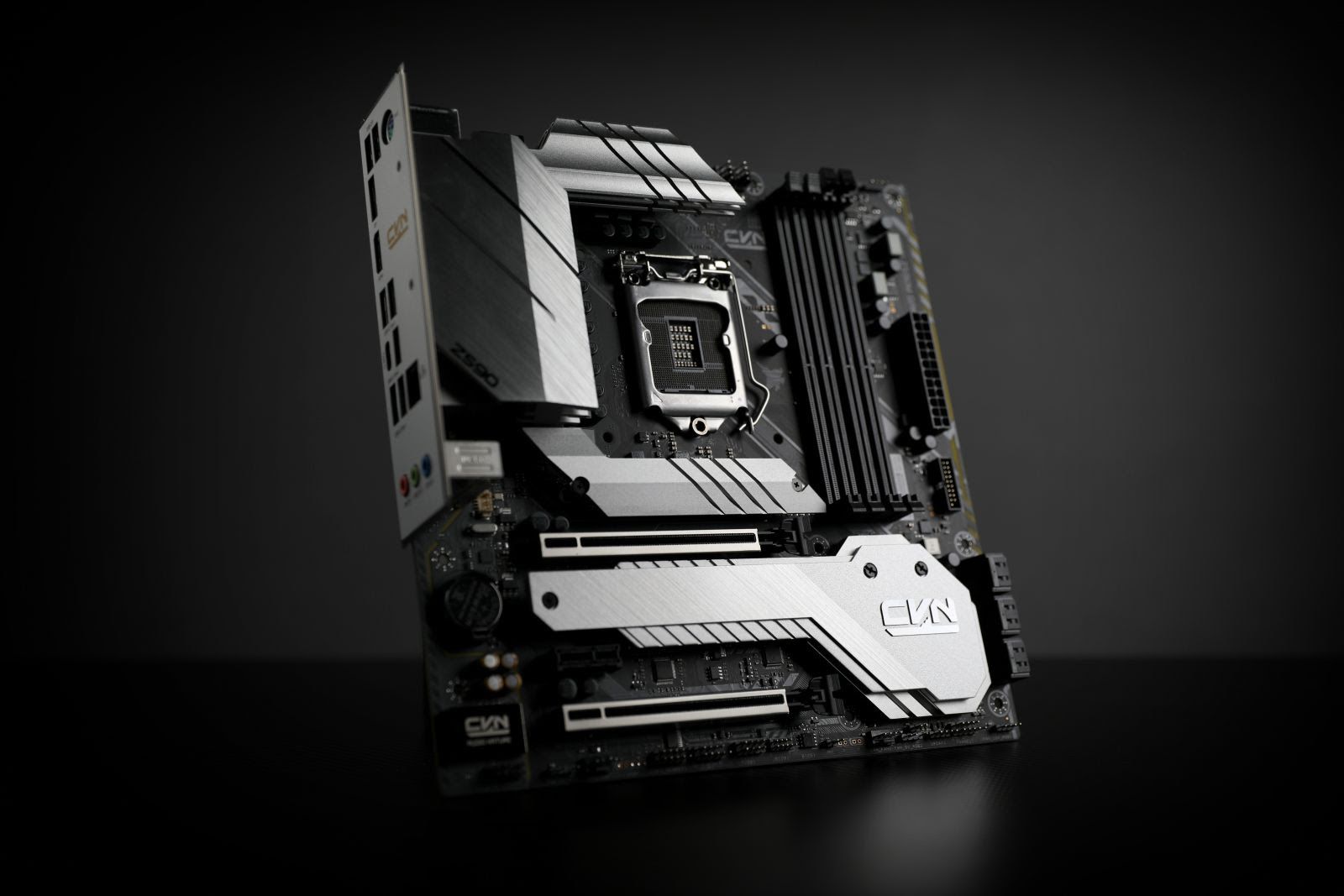PSU Voltage Accuracy Under Load
For this test, we are loading the PSU to a given percentage of its rated power capacity and checking the PSU’s ability to accurately output voltage, on each of the 3 critical rails, at a given load level. The idea being that the closer to the ideal voltage of a given rail, the better the PSU is. While it is indeed the case that all electronics are designed around a 10 percent total (aka +/- 5%) acceptable variance (e.g. 11.6 to 12.6v on the 12v line) that is well beyond what we consider acceptable. 2% is the bare minimum we personally will accept, and 1 percent or less is the ideal goal.
Each test will be 20 minutes in length, with an average of four tests per step displayed below.

PSU Power Efficiency Under Load
For this test, we are loading the PSU to a given percentage of its rated power capacity and checking the overall efficiency of said PSU to convert AC mains to DC power output. As “120 volt” mains power is rarely 120v, this equation, by necessity, requires us to record the mains output during said test. We have taken great pains to pick a time of night that is typically, for our area, the most stable, and if said mains power goes “out of bounds” for testing… testing is paused until it is back in spec. Due to this variability outside of our control, the given mains power for all tests is displayed in the chart below and may change from review to review. It goes without saying that the higher the efficiency the better the PSU is at being a power supply unit. Furthermore, the greater the efficiency, the less waste heat is created, and thus, fan noise/rpm/etc. required to remove said heat.
Each test will be 20 minutes in length, with an average of four tests per step displayed below.










